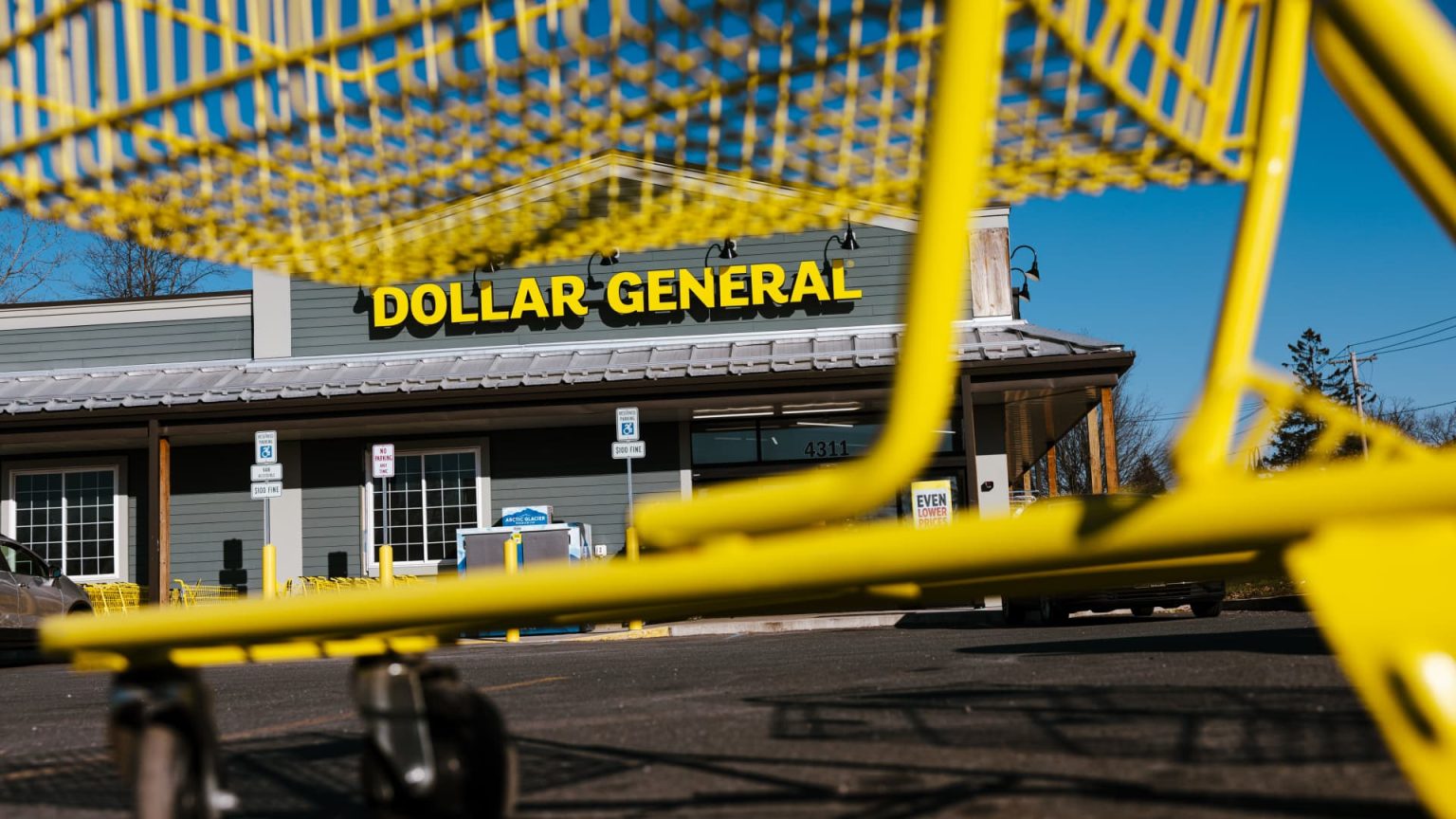Dollar General recently announced its fiscal fourth-quarter results, which showed a slight increase in revenue that surpassed Wall Street expectations. However, the company faced profit declines due to a comprehensive portfolio review resulting in the decision to close a number of stores. Company executives expressed concerns about consumer spending habits amid a challenging economic climate, indicating that inflation continues to strain the budgets of many shoppers. This report comes at a time when discount retailers are facing heightened competition and changing consumer preferences.
| Article Subheadings |
|---|
| 1) Overview of Fiscal Fourth-Quarter Results |
| 2) Store Closures and Portfolio Review |
| 3) CEO Insights on Consumer Spending |
| 4) Future Projections and Strategic Initiatives |
| 5) Competitive Landscape and Market Challenges |
Overview of Fiscal Fourth-Quarter Results
For the quarter ending January 31, Dollar General reported a revenue of $10.3 billion, exceeding the analysts’ forecast of $10.26 billion. This marks a 4.5% increase compared to the same quarter a year ago, when revenue was $9.86 billion. However, the company’s net income saw a notable decrease, falling to $191 million, or 87 cents per share, down from $402 million, or $1.83 per share, in the same quarter of 2023. This significant decline reflects the underlying issues related to ongoing economic challenges and the measures taken under the portfolio review.
Store Closures and Portfolio Review
As part of its strategic reevaluation, Dollar General announced the closure of 96 stores and 45 Popshelf locations in the upcoming quarter. The Popshelf stores are aimed at higher-income customers seeking affordable products, and the company will convert six of these stores into flagship locations. This in-depth review aims to streamline operations and focus on locations that are more aligned with its customer base. Despite the closures representing less than one percent of its overall store count, they are a significant step in adjusting the company’s strategy to enhance profitability and operational efficiency.
CEO Insights on Consumer Spending
Dollar General’s CEO, Todd Vasos, expressed his concerns during the earnings call, stating that consumers currently have limited budgets, primarily allocating funds towards essential items. He indicated that the outlook for consumer spending isn’t likely to improve significantly within the coming year. This perspective aligns with broader economic indicators suggesting that inflation is pressing heavily on lower-income households, making it difficult for them to spend on non-essential goods. The company aims to navigate this climate by refining its product offerings and addressing the needs of the consumers effectively.
Future Projections and Strategic Initiatives
Looking ahead, Dollar General anticipates a modest revenue growth of 3.4% to 4.4% for the fiscal year 2025, which is slightly below Wall Street’s expectation of 4.1%. The chain projects earnings per share to fall between $5.10 and $5.80, again trailing analysts’ estimates of $5.85. Nonetheless, the company is taking steps to innovate and improve customer engagement. In December, Dollar General initiated a program for same-day delivery, adapting to evolving consumer preferences. Additionally, in January, the retailer introduced around 100 new private-brand products to attract and retain customers.
Competitive Landscape and Market Challenges
The competitive retail landscape continues to evolve, especially as discount stores, including Dollar Tree and Walmart, adapt their strategies to maintain market share. With the rise of e-commerce, traditional dollar retailers are facing increased competition from larger retailers that have developed robust online presences. As inflation pushes more consumers to seek affordable shopping options, Dollar General needs to leverage its store portfolio efficiently while also enhancing its online capabilities. This increasingly competitive market further underscores the importance of strategic decision-making and operational excellence.
| No. | Key Points |
|---|---|
| 1 | Dollar General reported a revenue increase of 4.5% in Q4, reaching $10.3 billion. |
| 2 | The company announced the closure of 96 Dollar General stores and 45 Popshelf locations. |
| 3 | CEO Todd Vasos noted consumers are struggling with budgets due to inflation. |
| 4 | Future projections indicate a revenue growth between 3.4% and 4.4% for fiscal 2025. |
| 5 | Dollar General is undergoing strategic initiatives, including expanding its private-label product line and testing same-day delivery. |
Summary
In summation, Dollar General’s recent earnings report reveals the complex dynamics of the current retail landscape, marked by economic pressures and evolving consumer behavior. The company’s proactive steps in store closures and product introduction highlight its commitment to adapt to market conditions and optimize its store portfolio. As the discount retail sector faces formidable competition, especially from larger e-commerce-enabled retailers, strategies grounded in customer understanding and market responsiveness will be crucial for sustaining growth and profitability.
Frequently Asked Questions
Question: What were Dollar General’s fourth-quarter earnings?
Dollar General reported earnings of $191 million for the fourth quarter, translating to 87 cents per share.
Question: Why is Dollar General closing some stores?
The closures are part of a portfolio review aimed at streamlining operations and improving profitability amidst changing consumer spending habits.
Question: What future growth does Dollar General anticipate?
For the fiscal year 2025, Dollar General forecasts revenue growth between 3.4% and 4.4%, with earnings per share expected to range from $5.10 to $5.80.


